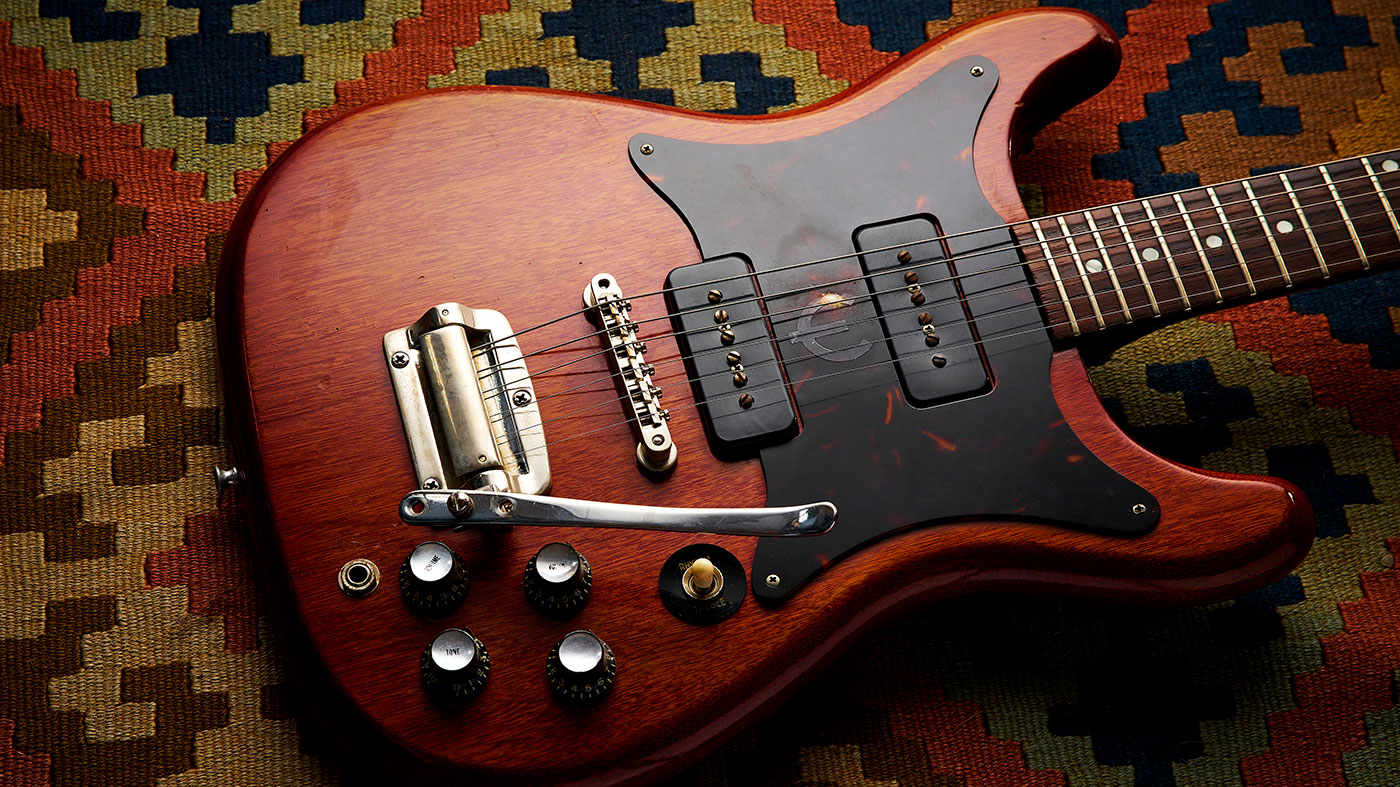
For many, the role that Epiphone plays on the world stage is that of being the subordinate brand to big brothers Gibson - in many ways a similar relationship to the one that Squier has with parent company Fender.
This was not always the case, of course; the Epiphone brand has been around for 145 years and only came under the auspices of Gibson in 1957 when company president Ted McCarty took up Epiphone’s offer to buy their complete inventory lock, stock and barrel for $20,000.
To begin with, McCarty’s plan was to offer a range of Gibson-made Epiphone instruments to selected shops as a gateway to them becoming fully-fl edged Gibson dealers further down the line.
The Wilshire is known for its snap and punch, its no frills appearance charming the likes of Pete Townshend and Bruce Springsteen
Some of the instruments were cheaper than the Gibson-branded equivalents, but surprisingly some were actually more expensive. Epiphone’s flagship Emperor model cost more than Gibson’s top range Byrdland in the early 60s, for instance. But it was the range of solidbody Epiphones that first gave the brand its appeal for late-50s neophytes.
So where does the Wilshire fit into all of this, exactly? Launched in 1959, in terms of price, the Wilshire was pitched in between Epiphone’s pricier Crestwood and cheaper Coronet models. A plain Jane two pickup guitar, the Wilshire, design-wise, wasn’t a million miles away from Gibson’s own double cut Les Paul Junior, which had entered the catalogue a year earlier.
Where sound is concerned, the Wilshire is known for its snap and punch, its no frills appearance charming the likes of players including Pete Townshend, Johnny Winter and Bruce Springsteen. And if anyone is in any doubt that Epiphones from this period can do the business, we invite you to check out Humble Pie-era Steve Marriot’s guitar tone!
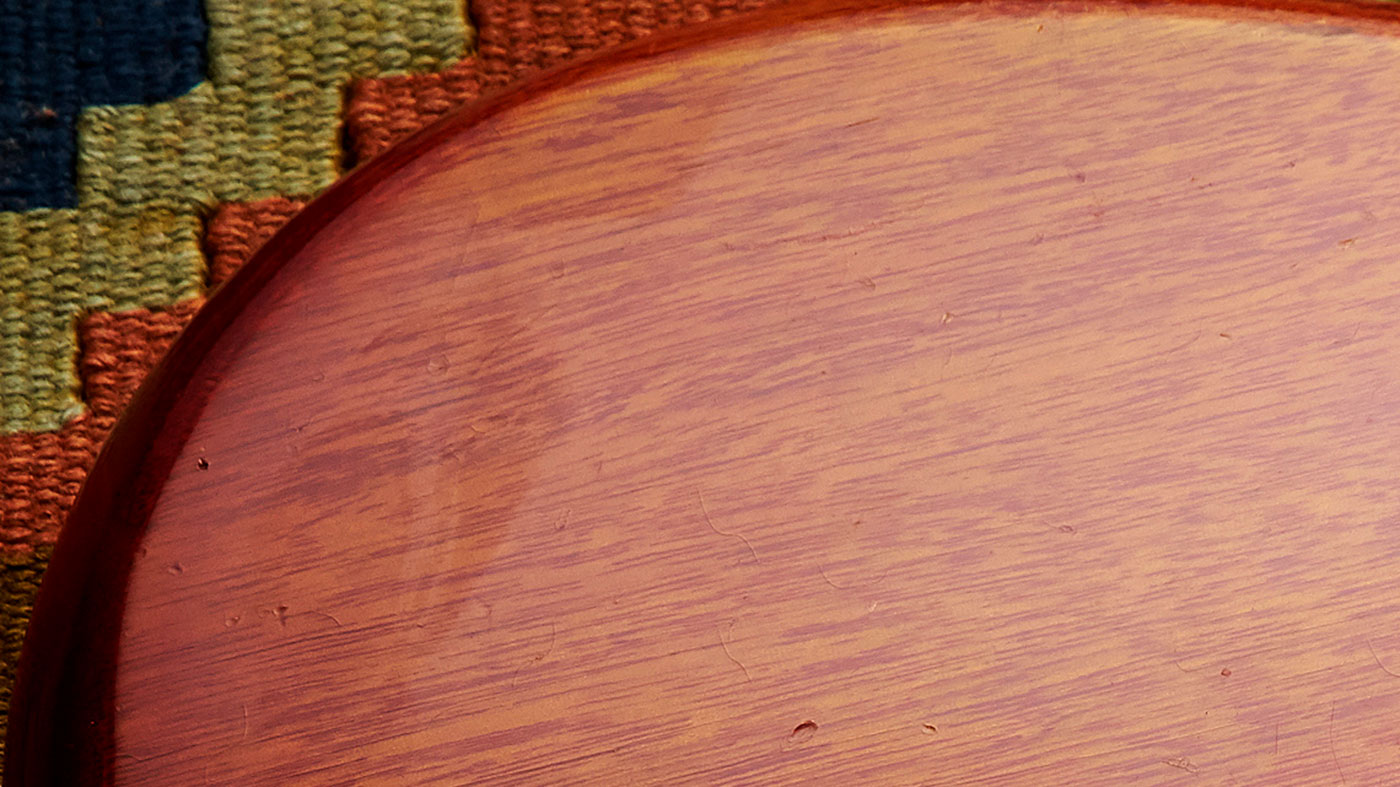
Body
At launch the Wilshire had a symmetrical, slab 1 ¾-inch-deep mahogany body, reducing to 1 3/8 inches by 1960. By 1963 the body shape had changed to asymmetrical with a slightly elongated upper horn.
Get the MusicRadar Newsletter
Want all the hottest music and gear news, reviews, deals, features and more, direct to your inbox? Sign up here.
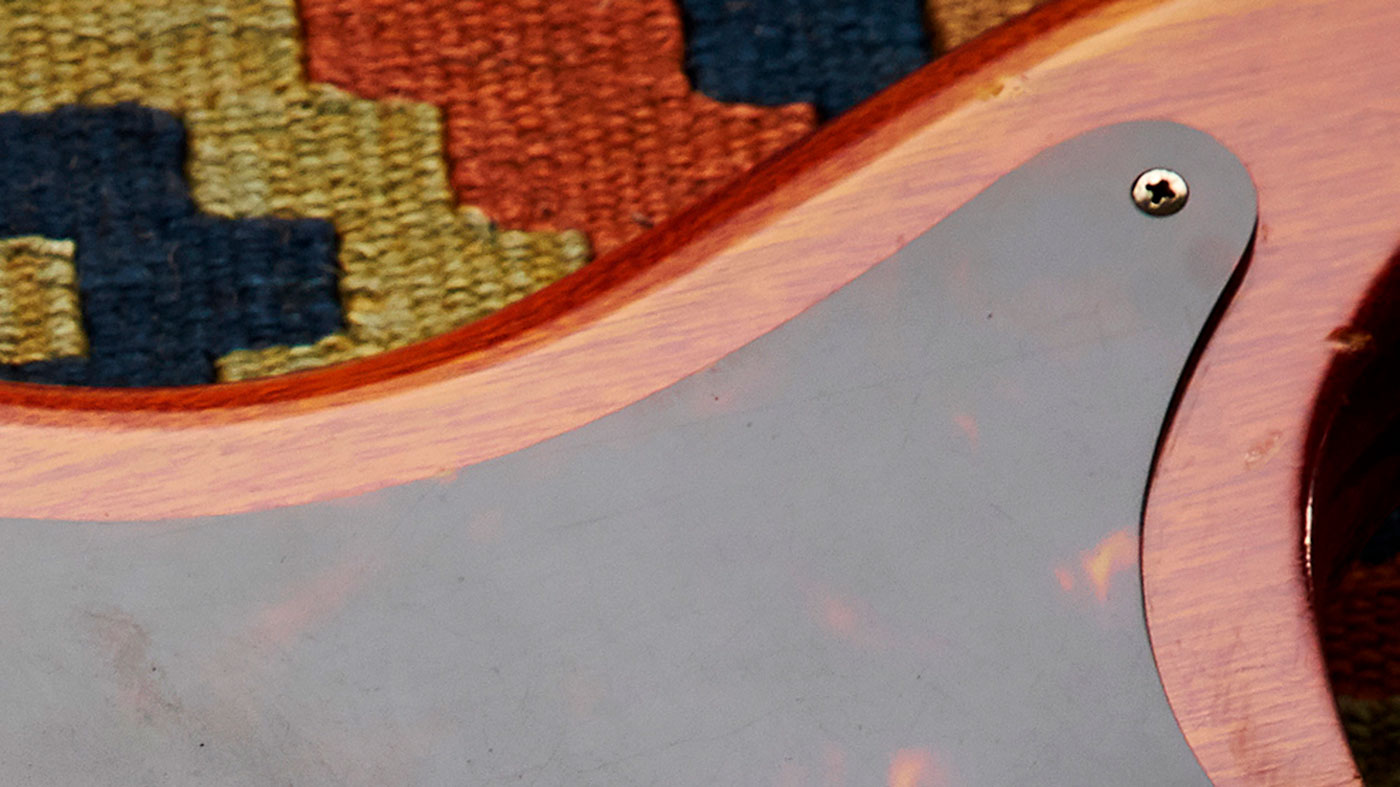
Hardware
A symmetrical tortoiseshell scratchplate with the Epiphone ‘epsilon’ logo, plus tune-o-matic bridge and an optional vibrato (not offered after 1966) atop a distinctly Gibson-ish cherry finish.
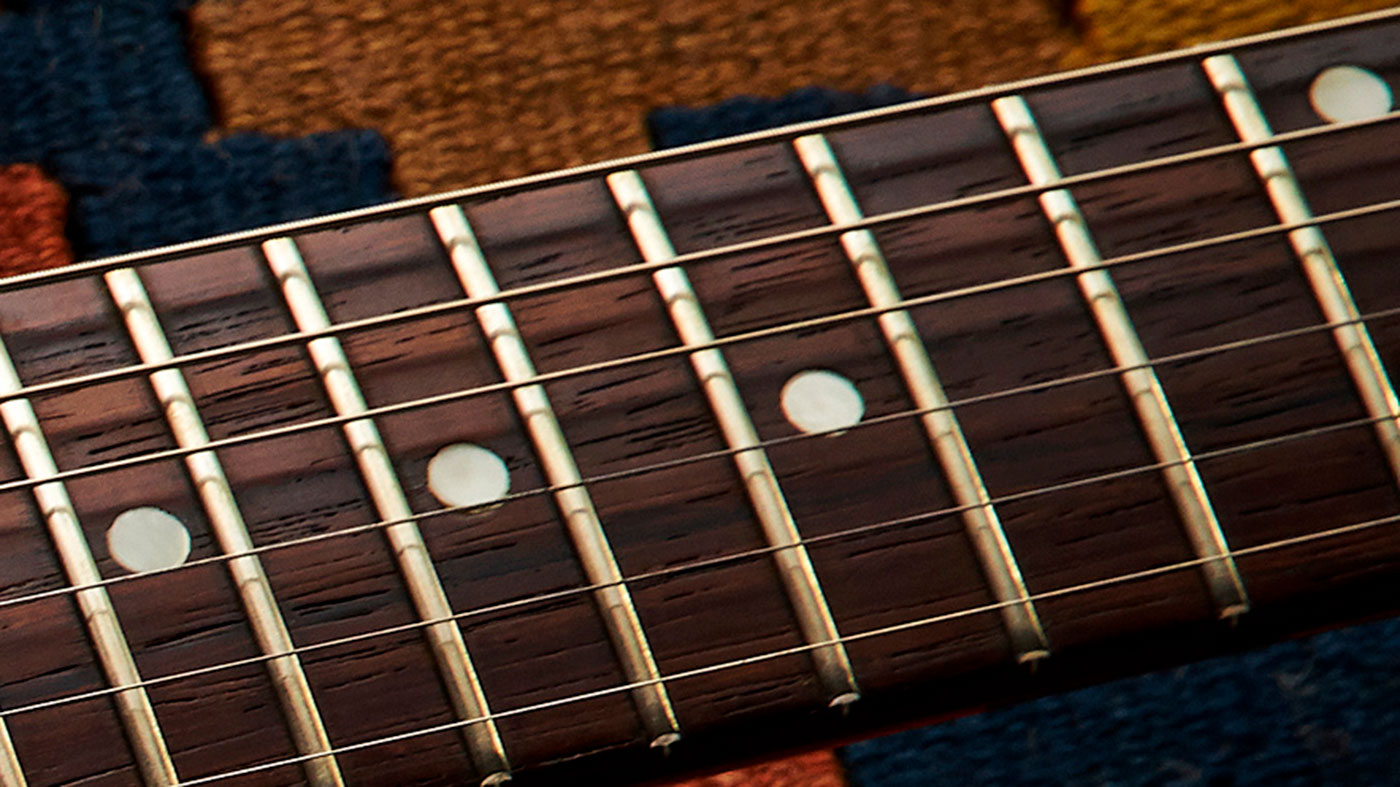
Fingerboard
The Wilshire’s rosewood fingerboard is very much Gibson spec: 21 frets, dot inlays, with a 24 ½-inch scale length – the neck/body joint meant that full fretboard access was a charm.
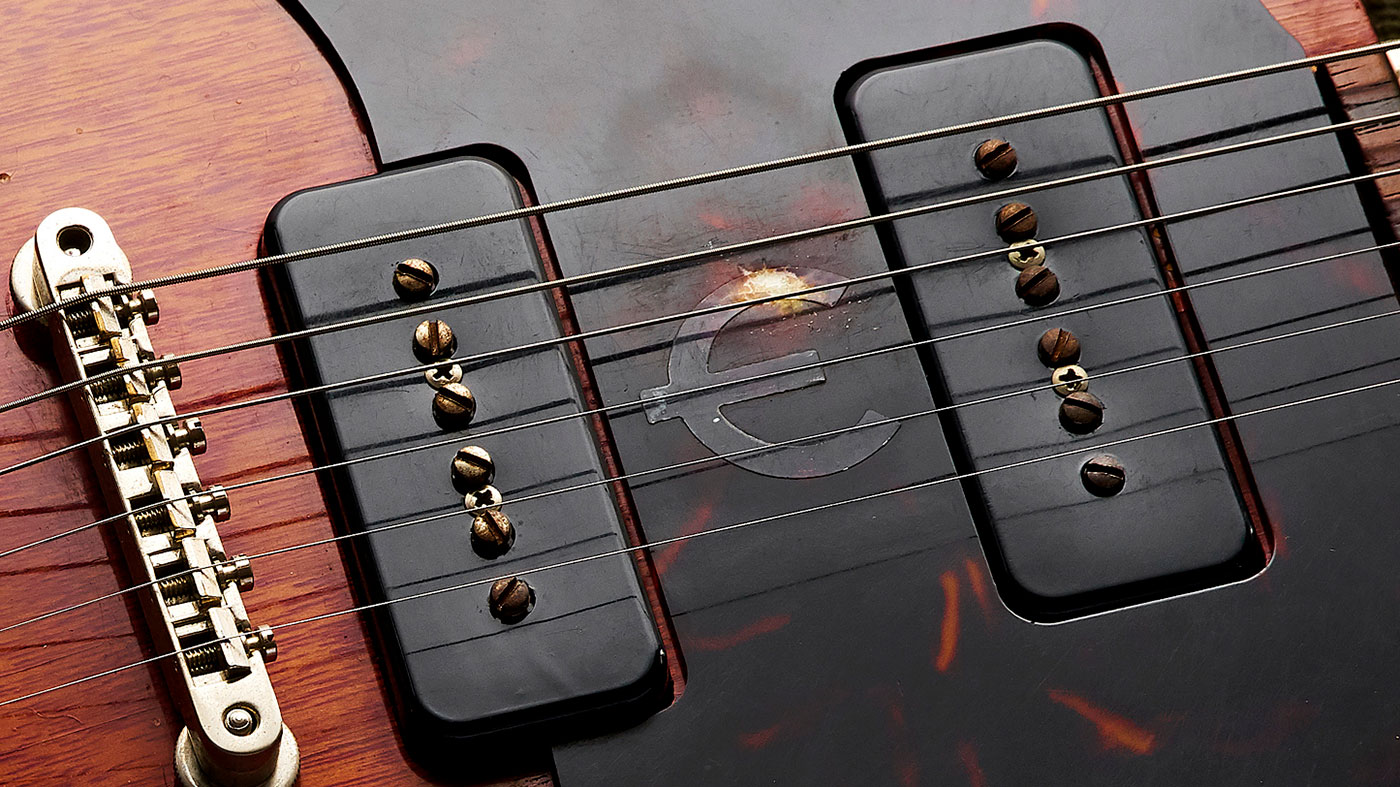
Pickups
The original 1959 Wilshires had white P90s, changing to black in 1961. A year later the pickups had changed once again, this time to a pair of mini humbuckers.
Variants
The original Wilshires ran from 1959 to 1970. A 12-string version was available briefly from 1966-68. Since then the model has been reintroduced in various guises: the Wilshire II and III were available from 1982-85 with a special Frank Lero (My Chemical Romance) model still in the catalogue.
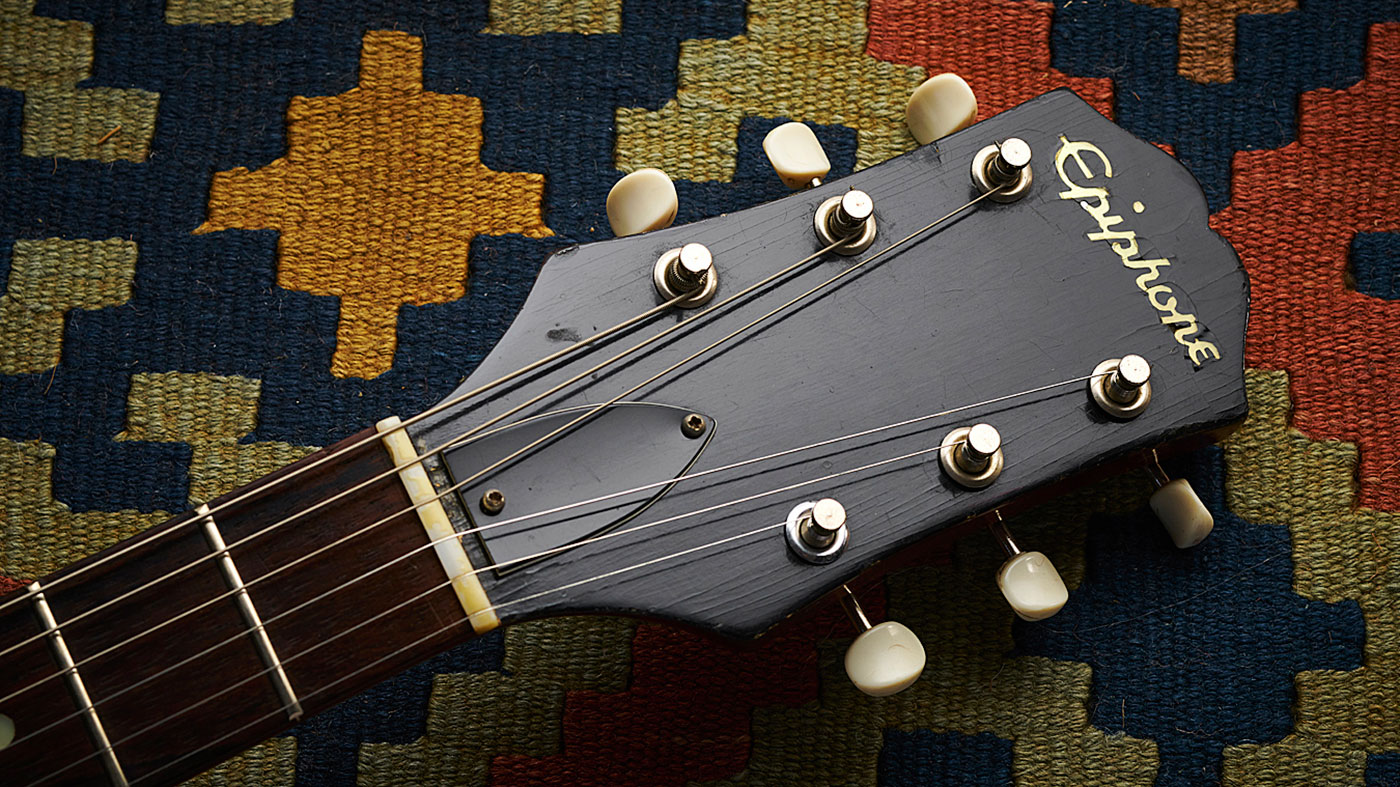
Headstock
The shape of the modern elongated Epiphone headstock was in place back at the very start – understated and unadorned, it suits the Wilshire’s plain Jane looks. By 1963 the tuner arrangement had changed to six-a-side configuration.
We would like to thank Vintage ‘n’ Rare Guitars, Bath for giving us access to this fascinating instrument.
Guitarist is the longest established UK guitar magazine, offering gear reviews, artist interviews, techniques lessons and loads more, in print, on tablet and on smartphones Digital: http://bit.ly/GuitaristiOS If you love guitars, you'll love Guitarist. Find us in print, on Newsstand for iPad, iPhone and other digital readers
“Its mission is simple: unleash the power of any amplifier or line-level source without compromise”: Two Notes promises a “watershed” in tube amp control with the Torpedo Reload II
MusicRadar deals of the week: Enjoy a mind-blowing $600 off a full-fat Gibson Les Paul, £500 off Kirk Hammett's Epiphone Greeny, and so much more












